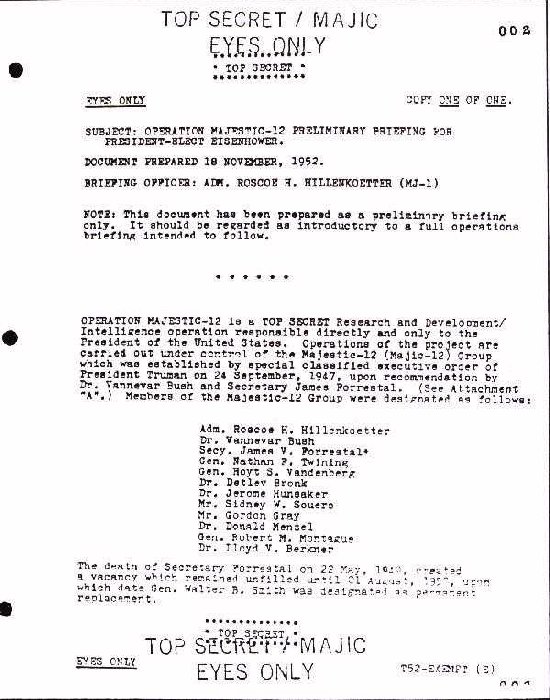New ECB Task Force Aims To Simplify Complex Banking Regulations

Table of Contents
The Driving Forces Behind the Task Force's Creation
The post-2008 financial crisis and Brexit have significantly increased the complexity of banking regulations. A wave of new rules and directives, while designed to enhance financial stability, has created a heavy regulatory burden, particularly for smaller banks. These institutions often lack the resources to navigate the intricate maze of compliance requirements, leading to increased operational costs and administrative headaches. The ECB recognizes the need to foster a more competitive and resilient banking sector, one where all institutions, regardless of size, can thrive.
- Increased compliance costs for banks: Meeting stringent regulatory demands necessitates significant investments in technology, personnel, and expertise.
- Inefficiencies arising from fragmented regulations: Inconsistencies and overlaps across different regulatory frameworks create inefficiencies and complexities.
- Need for a level playing field for banks of all sizes: Streamlining regulations ensures a fairer competitive landscape, preventing disproportionate burdens on smaller institutions.
- Improved financial stability through simplified regulations: While robust regulation remains crucial, simplification can enhance efficiency and reduce systemic risks.
Key Objectives of the ECB's Simplification Initiative
The ECB's simplification initiative aims to reduce regulatory complexity and improve clarity. The task force's main goals include streamlining existing regulations, harmonizing rules across the Eurozone, and reducing the administrative burden on banks. This will ultimately lead to:
- Reduced administrative burden on banks: Freeing up resources allowing banks to focus on core business activities and innovation.
- Improved transparency and understanding of regulations: Clearer, more accessible regulations will simplify compliance and reduce errors.
- Promote consistent application of rules across the Eurozone: Harmonizing regulations across member states creates a level playing field and avoids regulatory arbitrage.
- Foster innovation in the financial sector: Reduced regulatory hurdles will encourage innovation and the development of new financial products and services.
Proposed Solutions and Methodologies
The task force is employing a multi-pronged approach to achieve its objectives. This involves a comprehensive review of existing regulations, identifying areas of overlap or redundancy, and proposing solutions for improvement. Technology and data analysis play a crucial role in this process, allowing for efficient identification of inefficiencies.
- Regulatory gap analysis and identification of overlaps: A systematic review will pinpoint areas where regulations conflict or unnecessarily complicate compliance.
- Streamlining reporting requirements: Reducing the burden of reporting requirements through simplification and digitization.
- Utilizing technology for better regulatory compliance: Leveraging technology to improve data management, automate reporting, and streamline processes.
- Engaging with banks and other stakeholders for feedback: Collaboration with industry stakeholders ensures that simplification efforts are practical and effective.
Potential Impact on Banks of Different Sizes
The simplification efforts will have a differentiated impact on banks of varying sizes. Smaller banks will likely benefit the most from reduced regulatory burdens, enabling them to compete more effectively with larger institutions. Larger banks, while possessing greater resources to manage compliance, may also experience benefits through increased efficiency and reduced operational costs. However, they may face challenges in adapting to new regulations and integrating new technologies.
Challenges and Potential Roadblocks
The path towards simplifying banking regulations is not without its obstacles. Political resistance from member states with differing national interests, as well as the potential for unintended consequences from regulatory changes, represent significant hurdles. Balancing simplification with the need to maintain adequate levels of financial regulation and consumer protection is crucial.
Conclusion
The ECB's new task force marks a significant step towards a more efficient and stable banking environment within the Eurozone. By simplifying complex banking regulations, the initiative aims to reduce the regulatory burden on banks, boost innovation, and ensure a level playing field. The success of this initiative will hinge on the collaborative efforts of all stakeholders and effective navigation of potential challenges.
Call to Action: Stay informed about the progress of the ECB's task force and the evolving landscape of banking regulations. Learn more about the ongoing efforts to simplify banking regulations and their impact on the Eurozone's financial sector. Follow [link to ECB website or relevant news source] for updates on the ECB's simplification of banking regulations.

Featured Posts
-
 Aintree Grand National 2025 Previewing The Runners
Apr 27, 2025
Aintree Grand National 2025 Previewing The Runners
Apr 27, 2025 -
 Belinda Bencic Campeona Nueve Meses Despues Del Parto
Apr 27, 2025
Belinda Bencic Campeona Nueve Meses Despues Del Parto
Apr 27, 2025 -
 Pfc Revokes Gensols Eo W Following Submission Of Fake Documents
Apr 27, 2025
Pfc Revokes Gensols Eo W Following Submission Of Fake Documents
Apr 27, 2025 -
 Celebrity Transformations Ariana Grandes Hair And Tattoos And The Role Of Professional Stylists
Apr 27, 2025
Celebrity Transformations Ariana Grandes Hair And Tattoos And The Role Of Professional Stylists
Apr 27, 2025 -
 The Likelihood Of A Fifth Champions League Place For The Premier League
Apr 27, 2025
The Likelihood Of A Fifth Champions League Place For The Premier League
Apr 27, 2025
